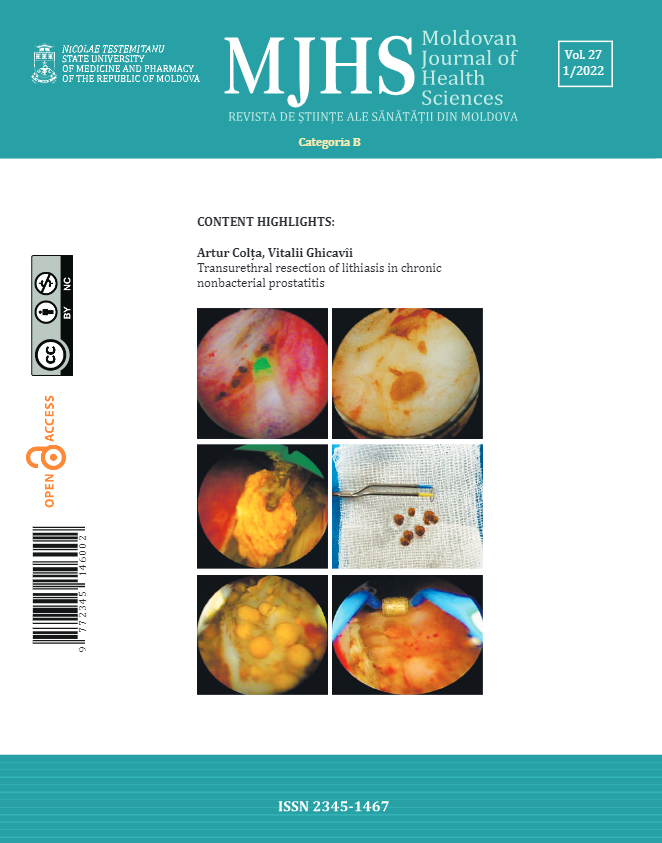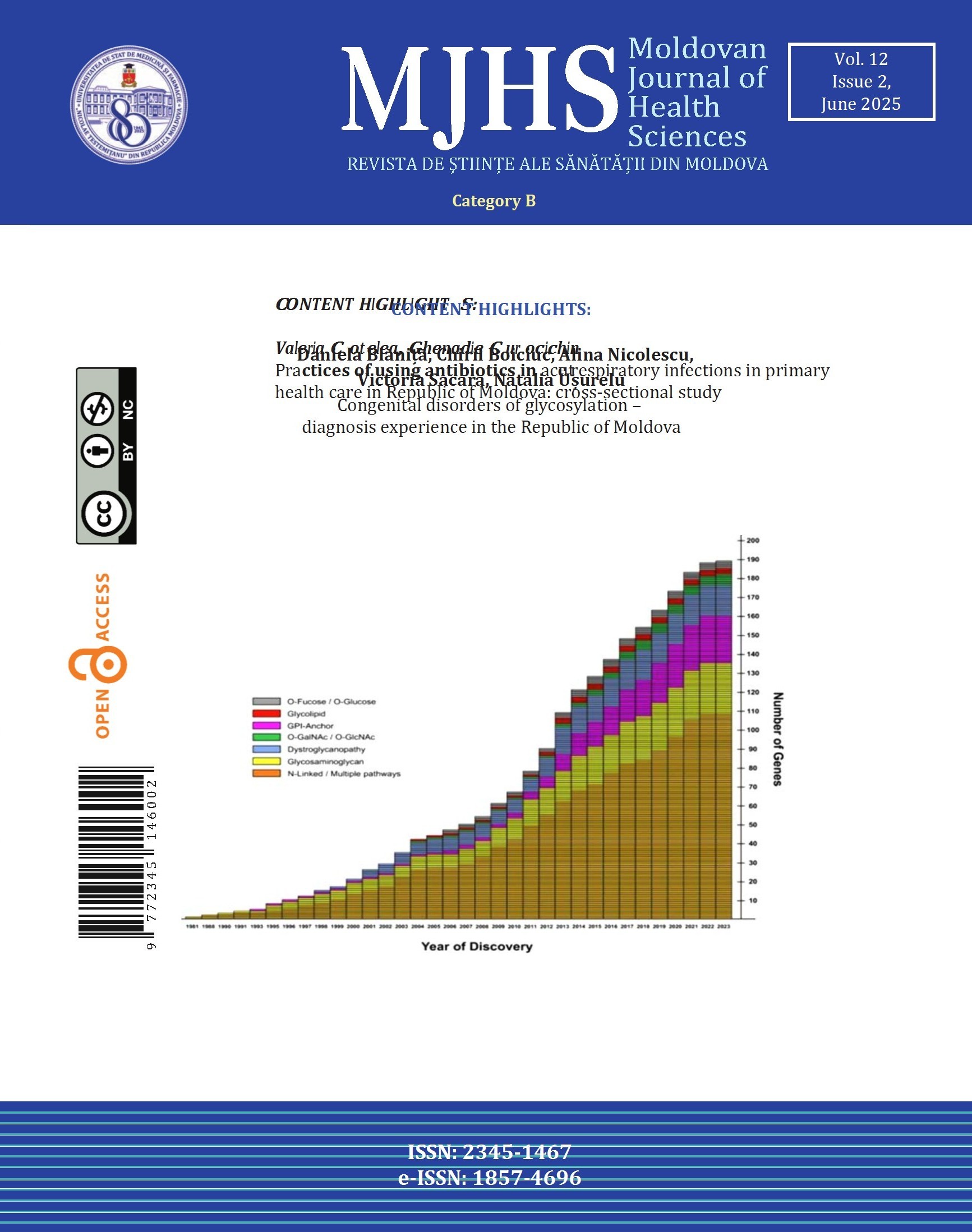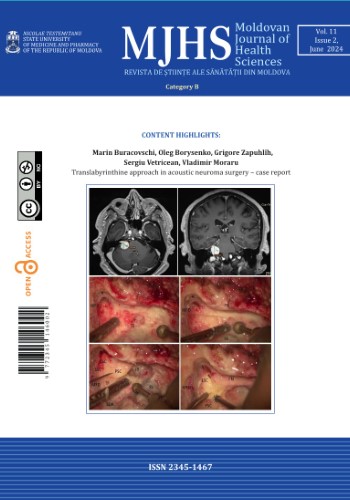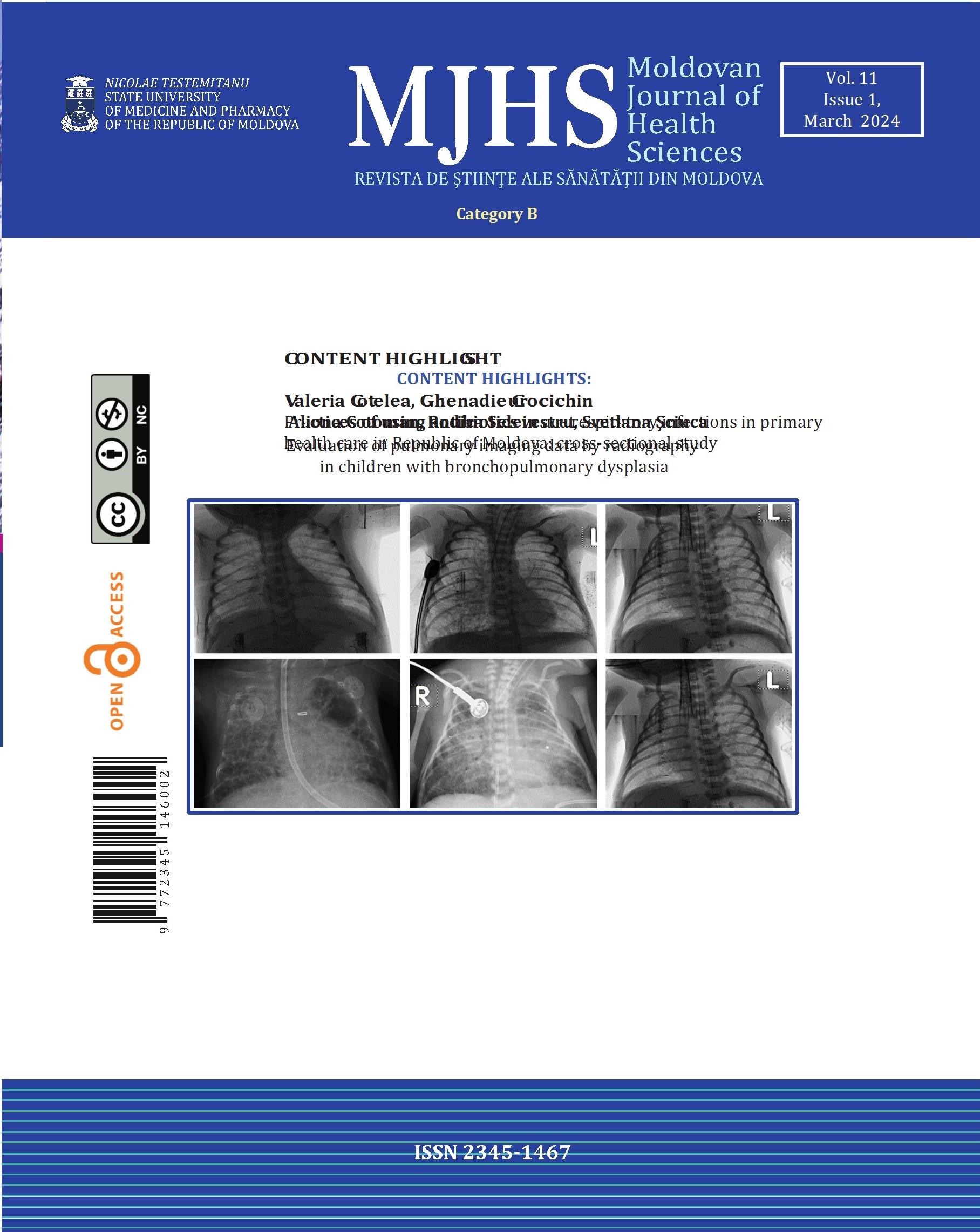The importance of plasma amino acid profiling in the diagnosis of inborn errors of metabolism: analytical – prospective study
https://doi.org/10.52645/MJHS.2022.1.01
Introduction
Inborn errors of metabolism (IEM) make up a large group of disorders caused by an inherited defect of proteins that have enzymatic, carrier, receptor or structural roles. The cumulative prevalence of IEM in different populations is around 1:500 – 800 newborns, despite the fact that some of these disorders are extremely rare when taken individually. Early recognition and intervention are essential to avoiding disastrous consequences associated with IEM. The phenotype of IEM patients is very heterogeneous and only in combination with specialized metabolic test it can lead to a correct diagnosis. The aim of the study was defined as evaluation of importance of plasma amino acid profile in the diagnosis of IEM.
Material and methods
Plasma amino acids quantification have been performed by high performance liquid chromatography on Shimadzu LC-20 with post column derivatization with OPA in 15 patients aged from 0 to 13 years old, selected through medical genetic counseling, based on inclusion and exclusion criteria. Inform consent has been signed by parents after receiving all necessary information regarding the study. Additionally, liquid chromatography-tandem mass spectrometry (LC-MS/MS) on dried blood spots and Nuclear Magnetic Resonance Spectroscopy (H1-NMR) on urine has been done as complementary tests.
Results
The first line investigations showed acid-base imbalance (33,3%), hypoglycemia (46,6%), high lactate level (46,6%) and high ammonia level (20%). Plasma amino acid concentrations were abnormal in 4 patients (27%). Increased glycine (544 μmol/L, reference values 70,72 – 256,36 μmol/L), along with elevated glycine in cerebrospinal fluid (CSF) / plasma ratio (0,147, normal < 0.02) was detected in a patient with seizures, coma, and respiratory arrest indicating non-ketotic hyperglycinemia. High level of phenylalanine (Phe 1568µmol/L, reference values 26.52 – 221 µmol/L) has been identified in a patient suspected for Phenylketonuria after neonatal screening results (Phe > 3mg/dL). Also the ratio Phe / Tyr around 17 was specifically appreciated as for classical form of PKU. High alanine concentration (> 450 µmol/L) has been observed in two patients presenting severe metabolic acidosis and high lactate level, suggesting for a metabolic error with mitochondrial involvement. The results from extended newborn screening and NMR spectroscopy narrowed the spectrum of suspected diseases, facilitating the diagnosis. Molecular genetic tests are required for the confirmation of disease in all cases.
Conclusions
Quantitative amino acids analysis is an important tool for the diagnosis of “intoxication type” of IEMs and nutritional monitoring of individuals with already established diagnosis.






